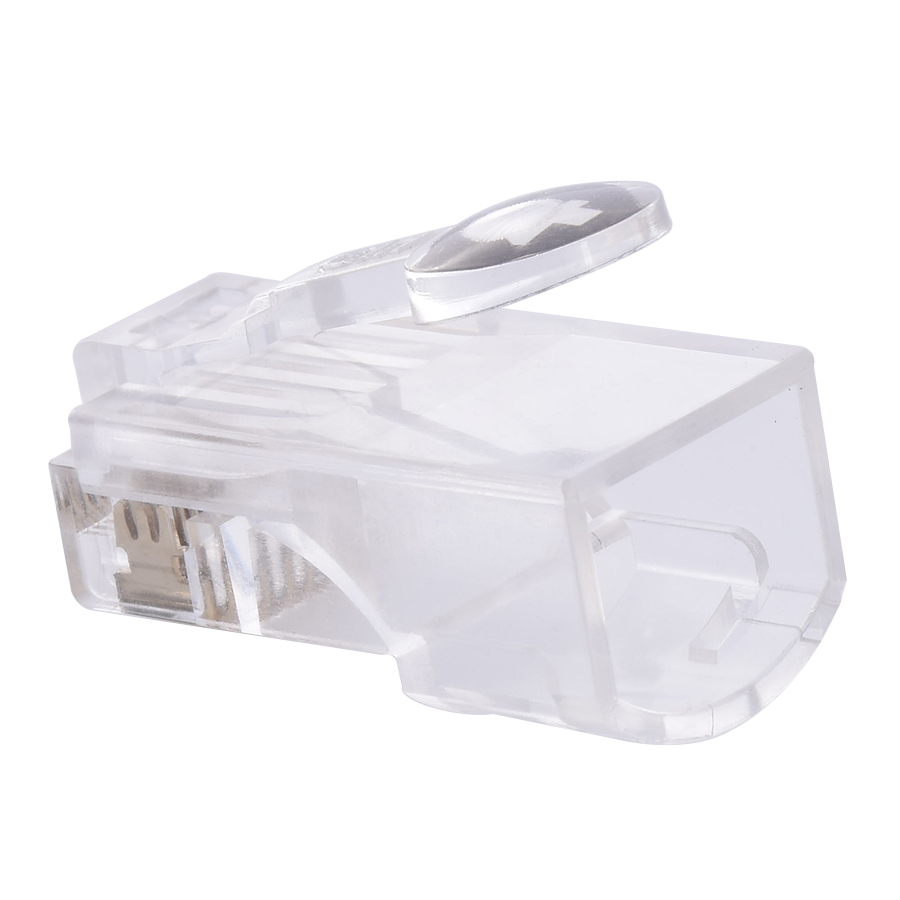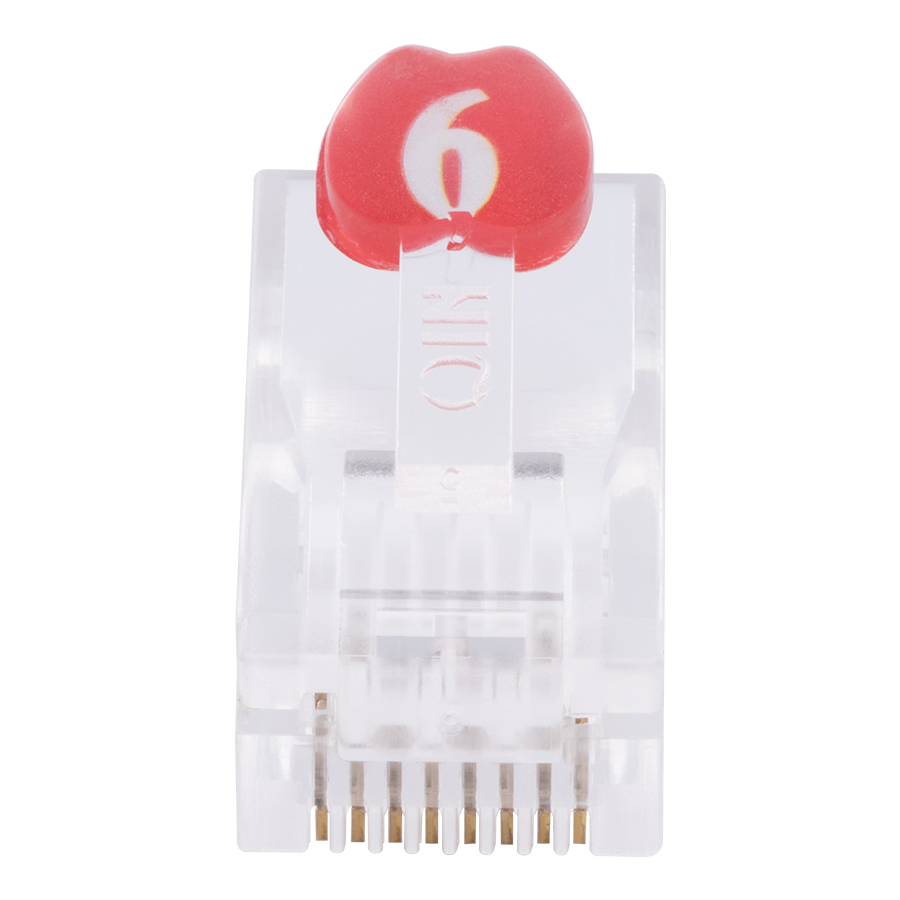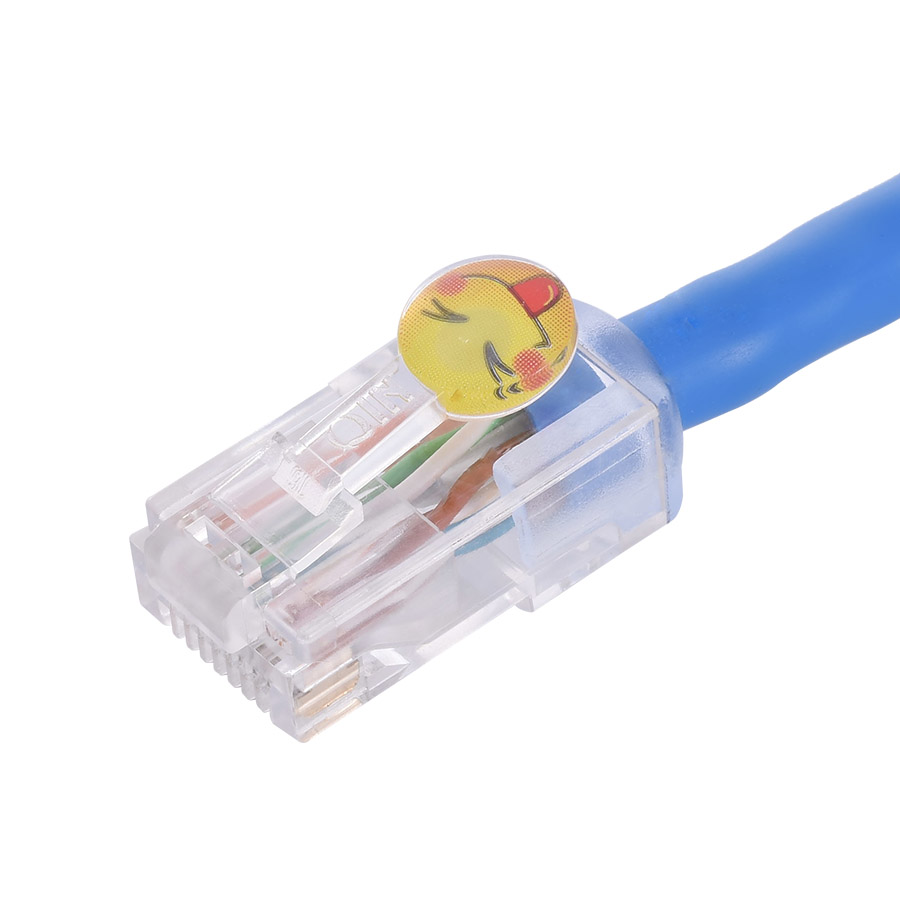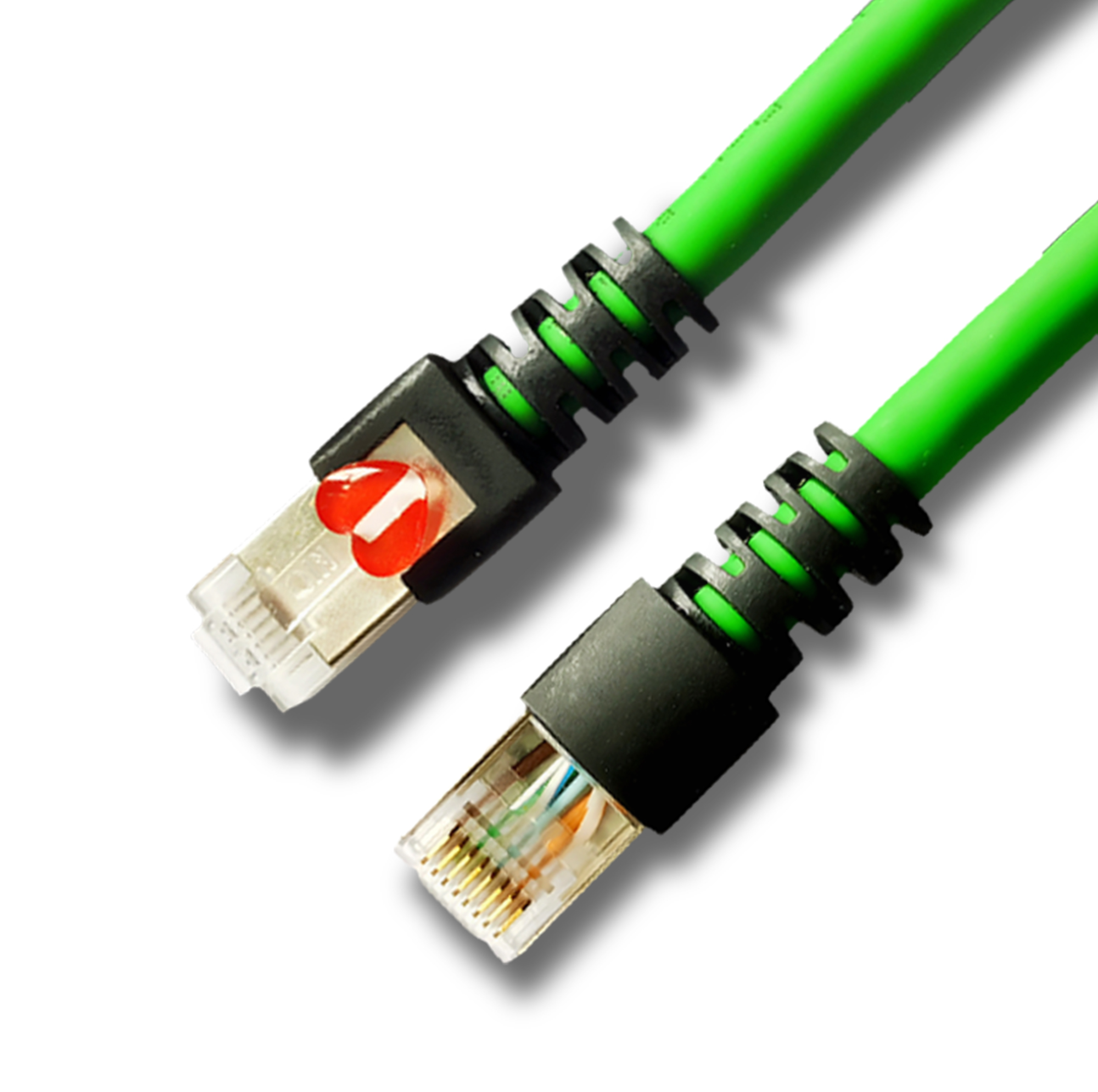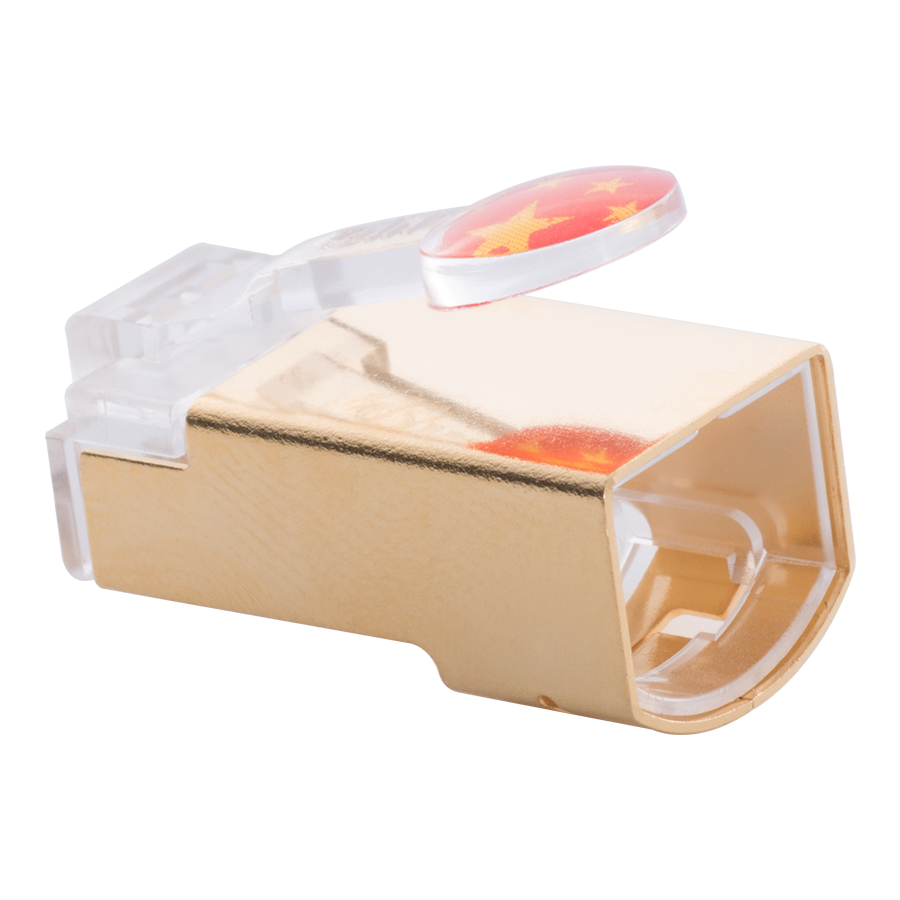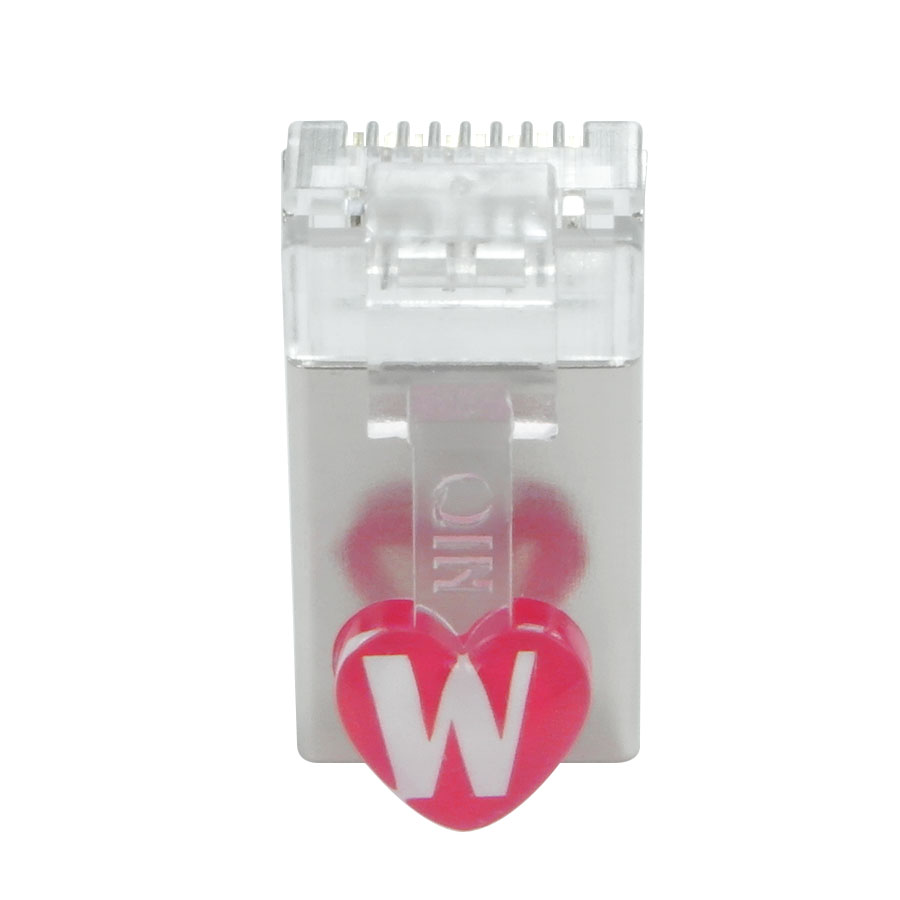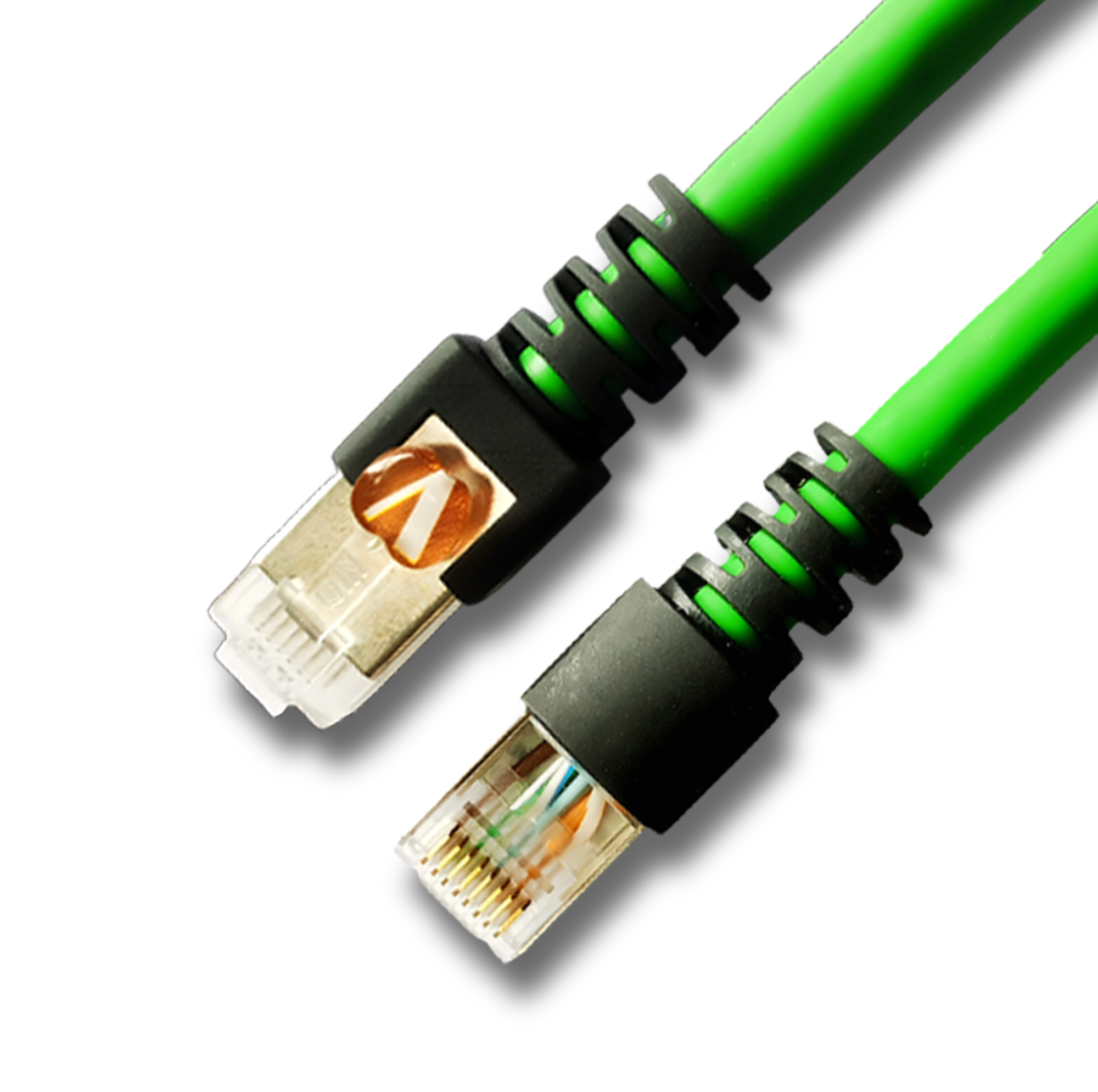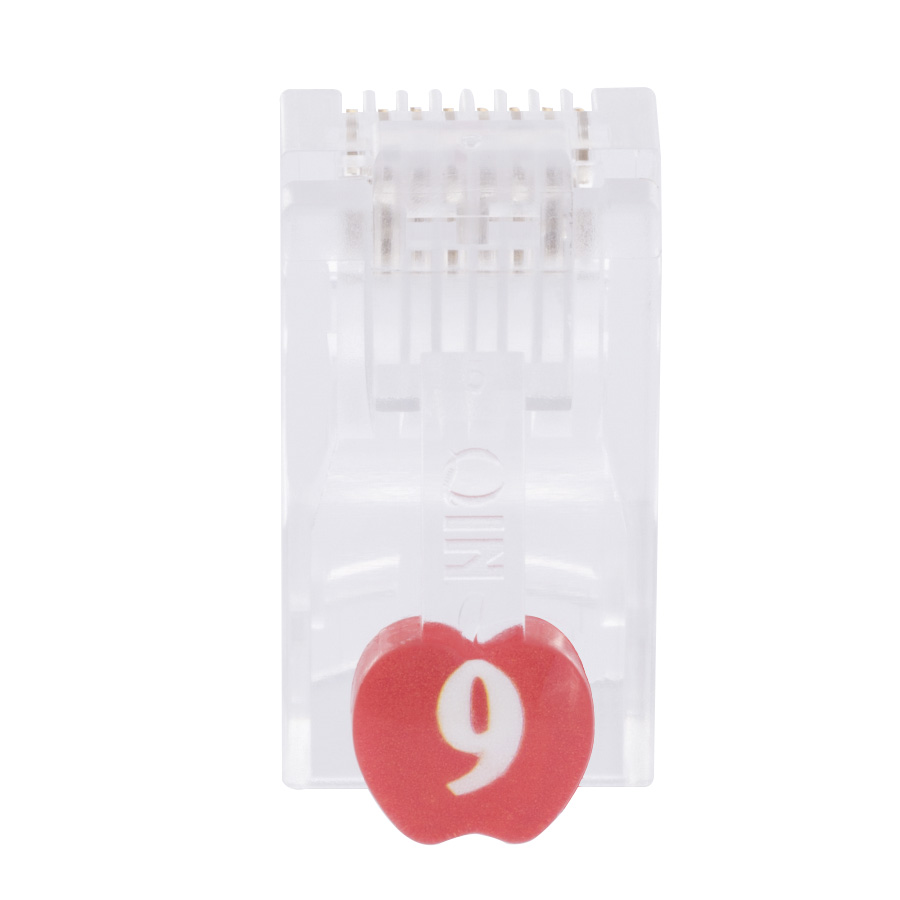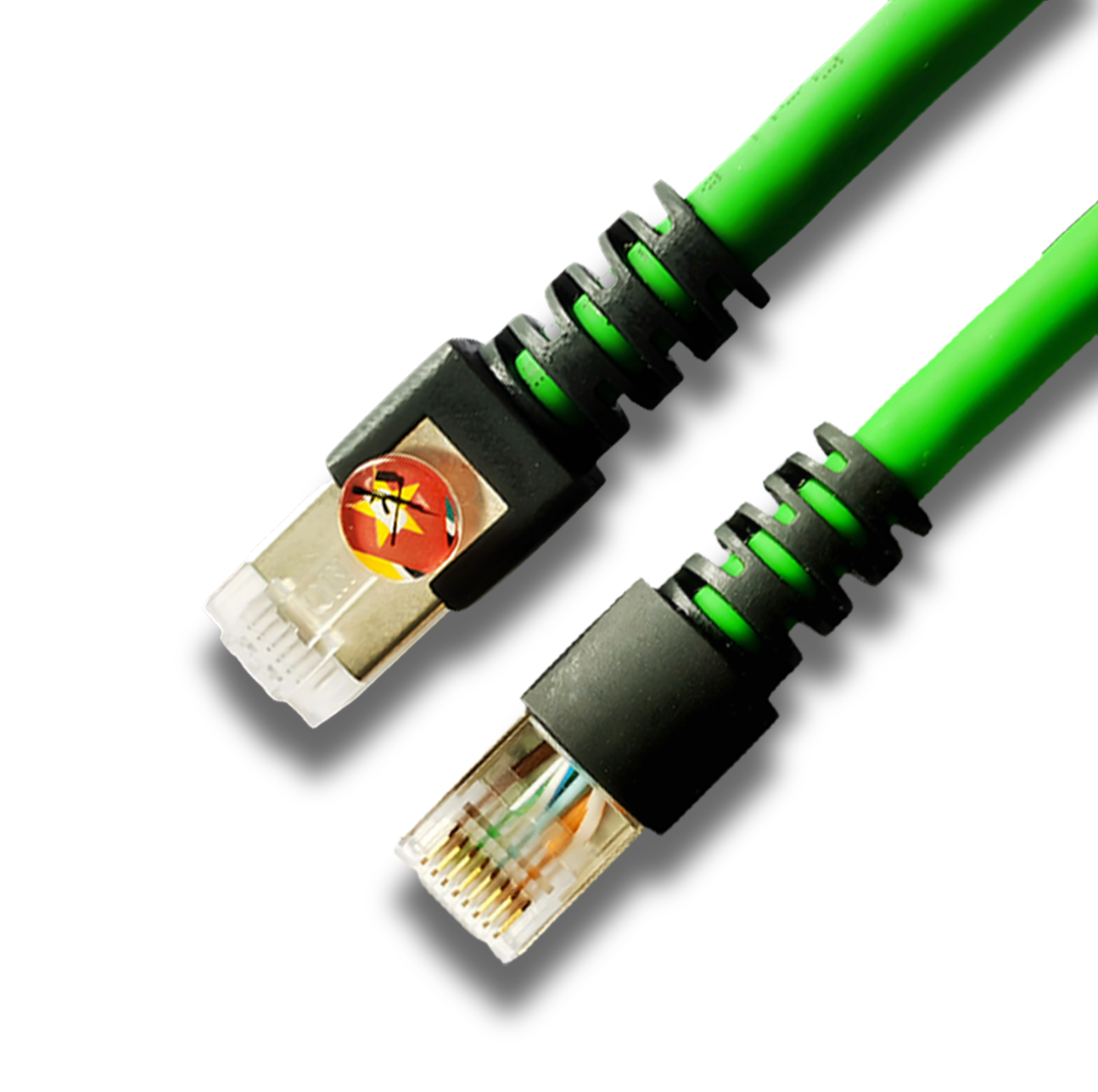- Language
Network Patch Cord Color Options
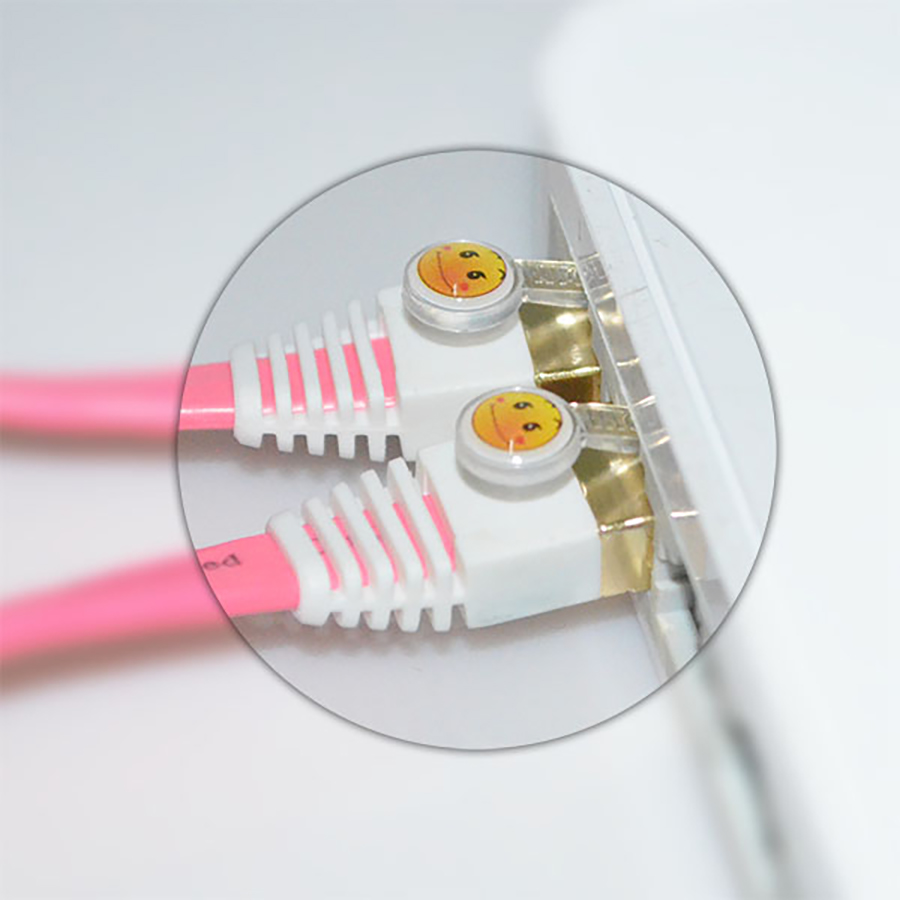
Network patch cord color options play a crucial role in enhancing cable management, improving network organization, and facilitating efficient troubleshooting within various network environments. The use of color - coded patch cords goes beyond mere aesthetics; it provides a practical and effective visual system for categorizing and identifying different types of network connections, ultimately streamlining network operations and reducing the likelihood of errors.
One of the primary functions of color - coding network patch cords is to distinguish between different network segments or Virtual Local Area Networks (VLANs). In a large enterprise network, for example, different departments may operate on separate VLANs for security and management purposes. By assigning a unique color to each VLAN, network administrators can quickly identify which devices belong to which segment simply by looking at the color of the patch cord connected to them. Red patch cords might represent a secure, internal VLAN for sensitive data, while blue could signify the general - use network accessible to all employees. This visual cue simplifies the process of network configuration, ensuring that devices are connected to the correct network segment and reducing the risk of misconfigurations that could lead to security breaches or connectivity issues.
Color - coding also aids in differentiating between cable types. With a variety of Ethernet cable categories available, such as Cat5e, Cat6, Cat6A, Cat7, and Cat8, each offering different performance capabilities, color - coding can help prevent the incorrect use of cables. For instance, Cat6 patch cords could be green, while Cat6A cords are yellow. This makes it easy for technicians to select the appropriate cable for a specific application, ensuring that the network operates at its optimal performance level. Using the wrong cable type can result in subpar data transfer speeds, signal degradation, or even complete network failures, so the visual identification provided by color - coding is invaluable in avoiding such issues.
In network racks and cabinets, where a large number of cables are densely packed, color - coded patch cords contribute significantly to better cable management. Cables of the same color can be grouped together, creating a more organized and orderly layout. This not only improves the aesthetics of the rack but also simplifies the process of tracing individual connections. When troubleshooting a network problem, technicians can quickly scan the colors of the cables connected to the affected device. If, for example, a device is supposed to be connected to a specific VLAN but is using a patch cord of the wrong color, it immediately indicates a potential misconfiguration or incorrect cable installation. This speeds up the diagnostic process, allowing for faster resolution of network issues and minimizing downtime.
Common color options for network patch cords include red, blue, green, yellow, orange, purple, and gray, among others. Some organizations may also use custom color schemes based on their specific network requirements and internal standards. Additionally, color - coding can be combined with other identification methods, such as labeling or numbering, to provide even more detailed information about the cable's function and destination. Overall, network patch cord color options offer a simple yet highly effective solution for improving network management, enhancing organization, and ensuring the smooth operation of network infrastructure.
Read recommendations:
